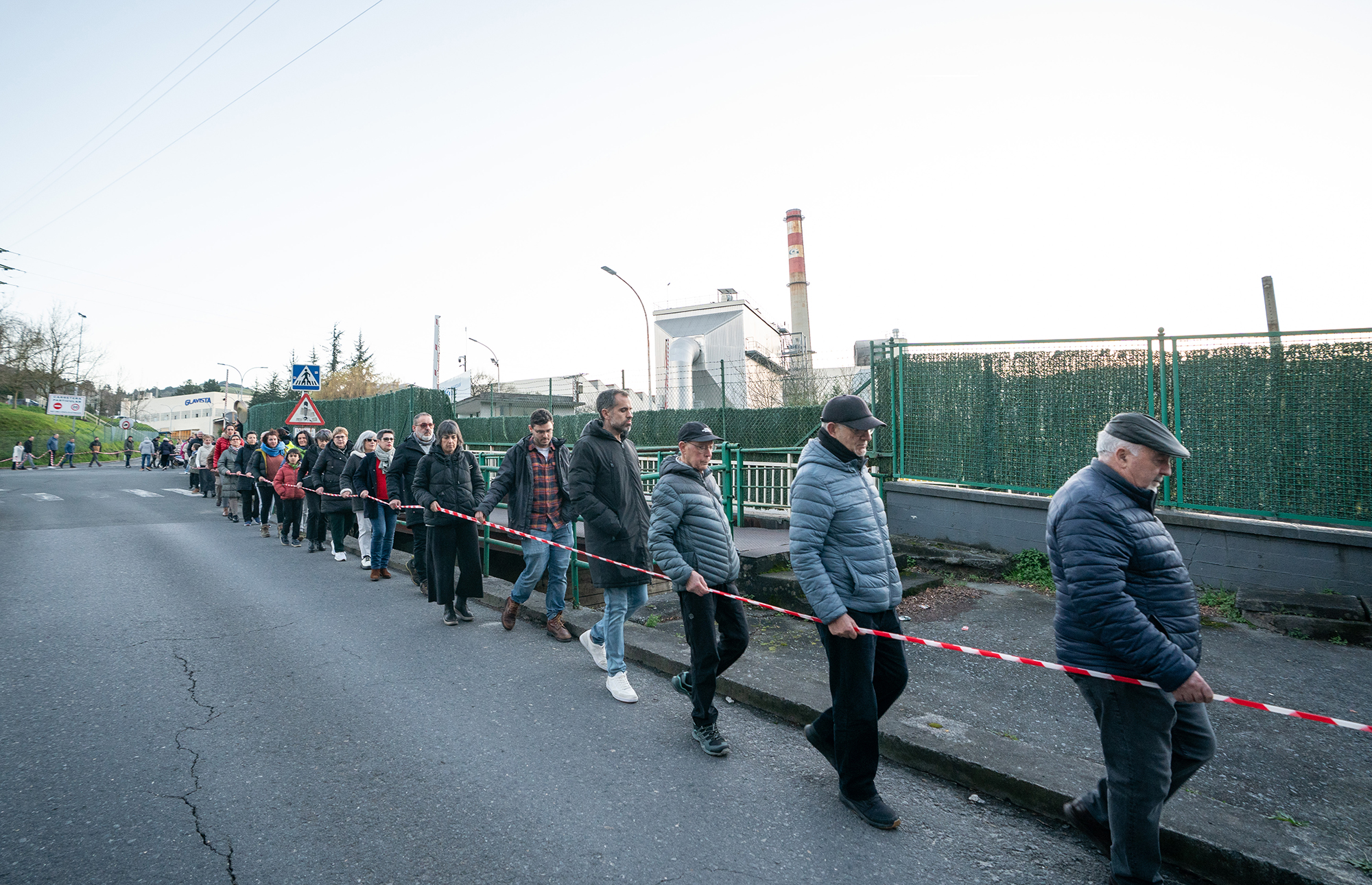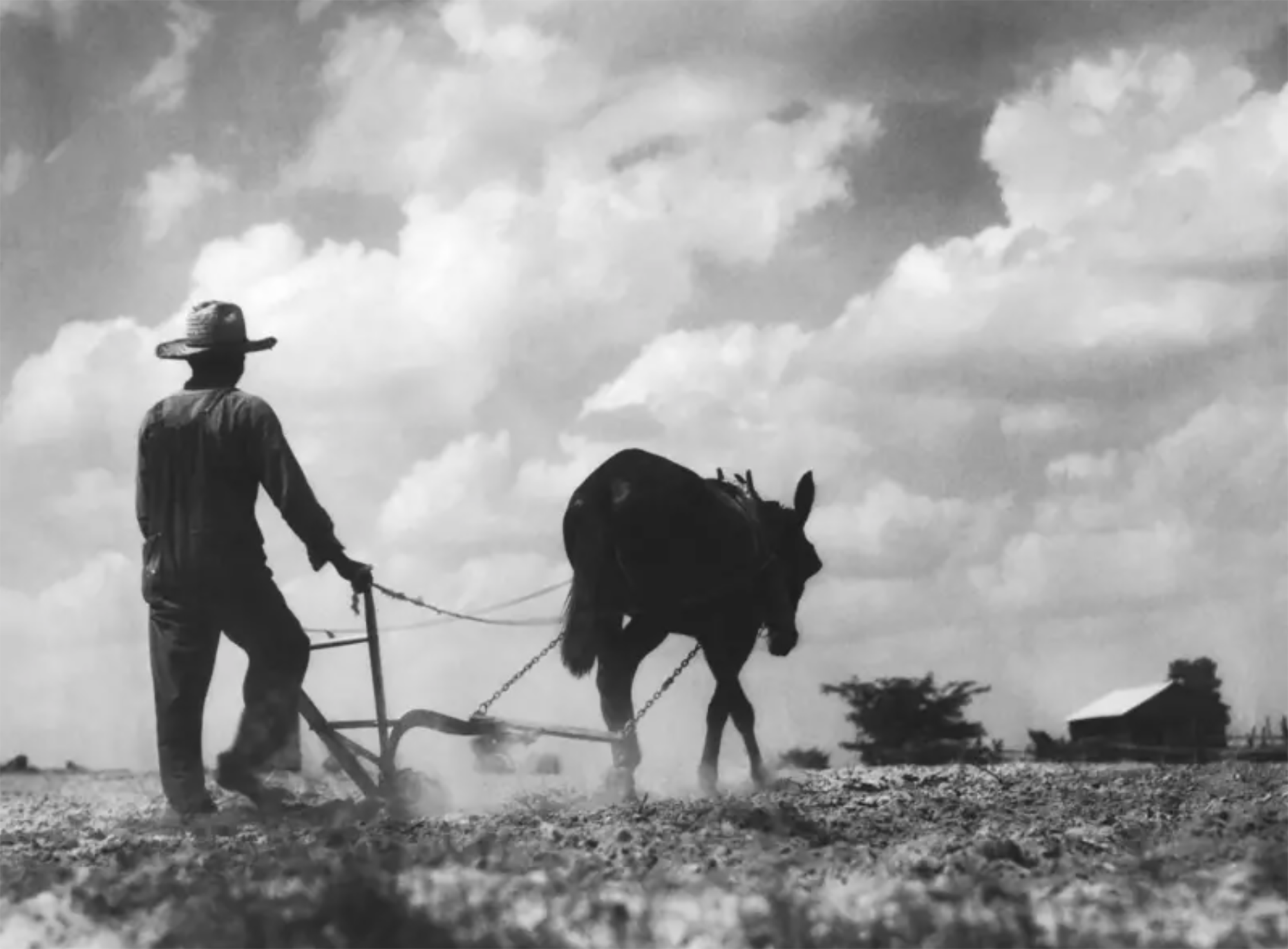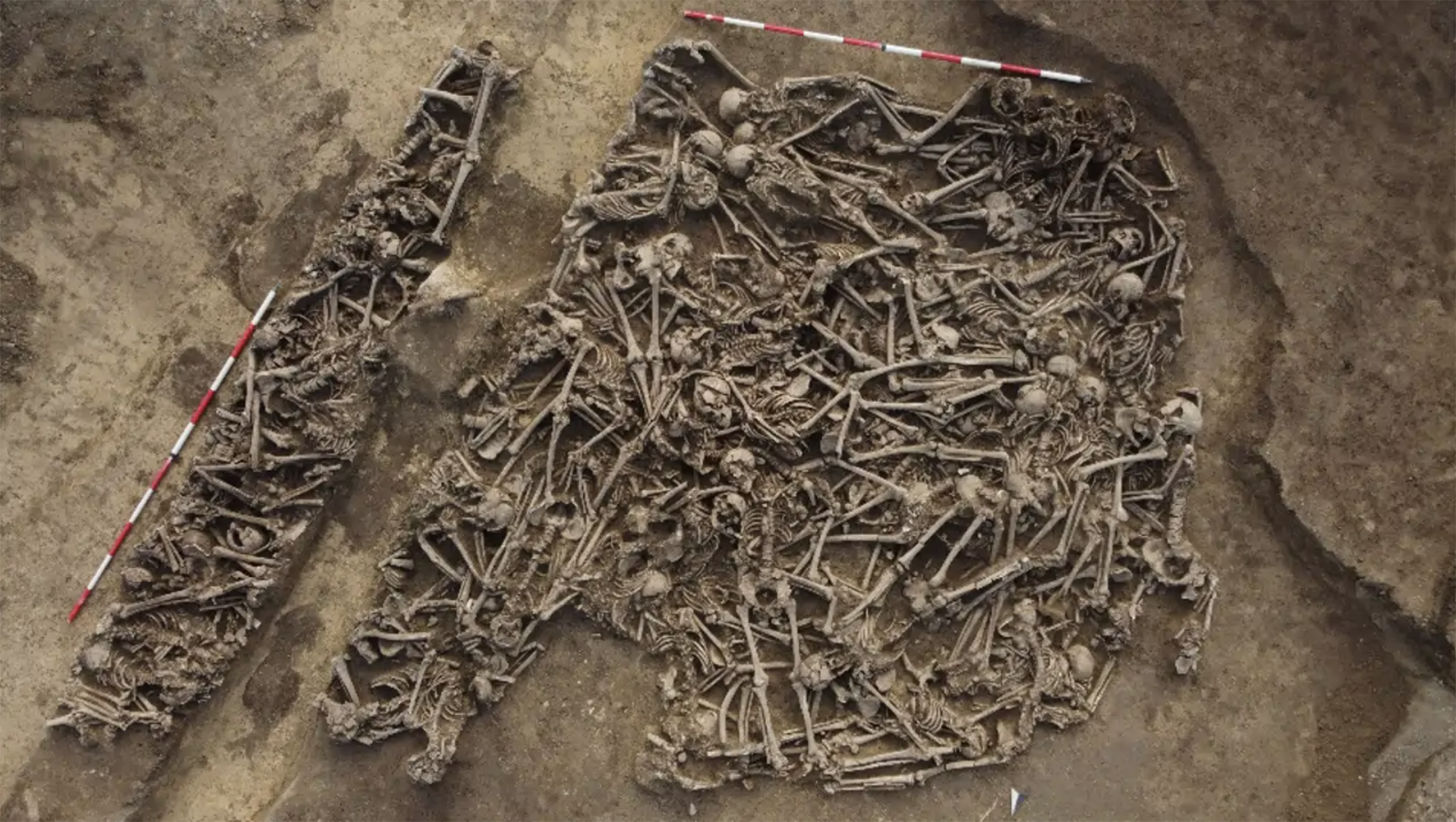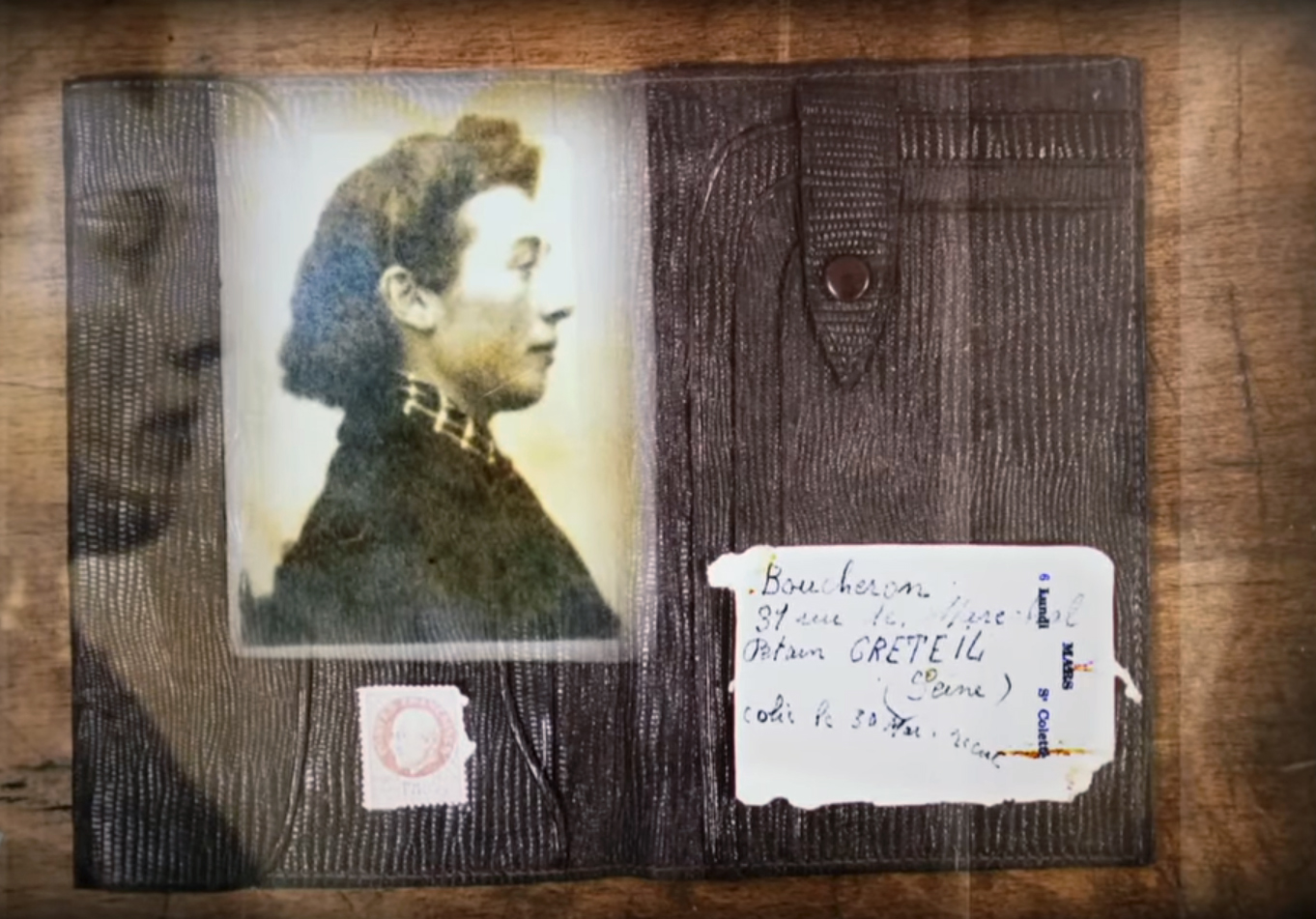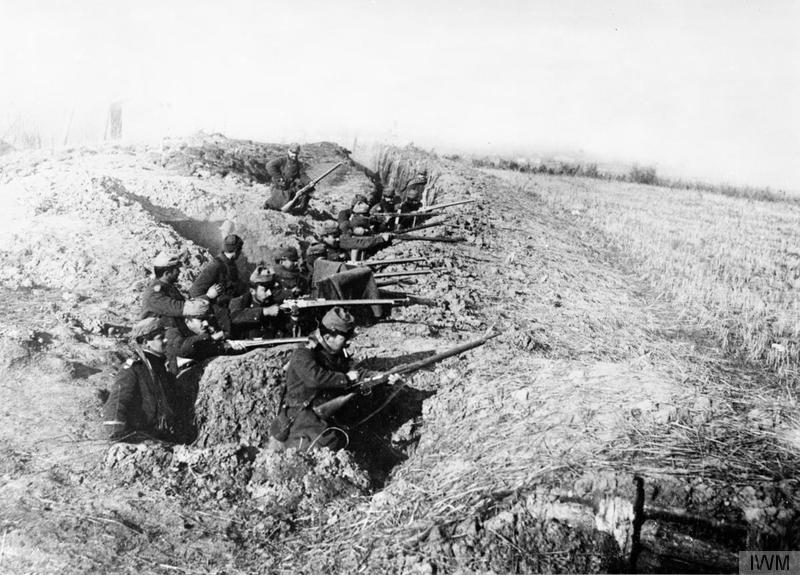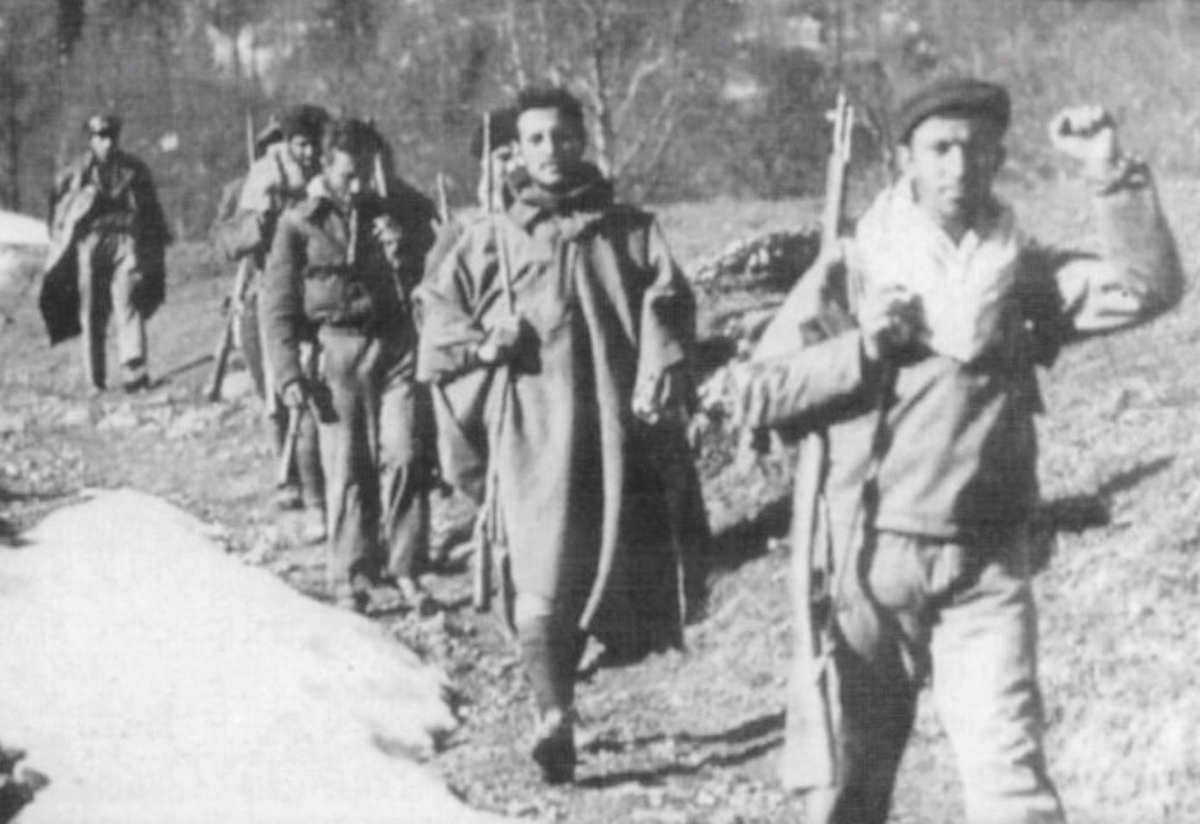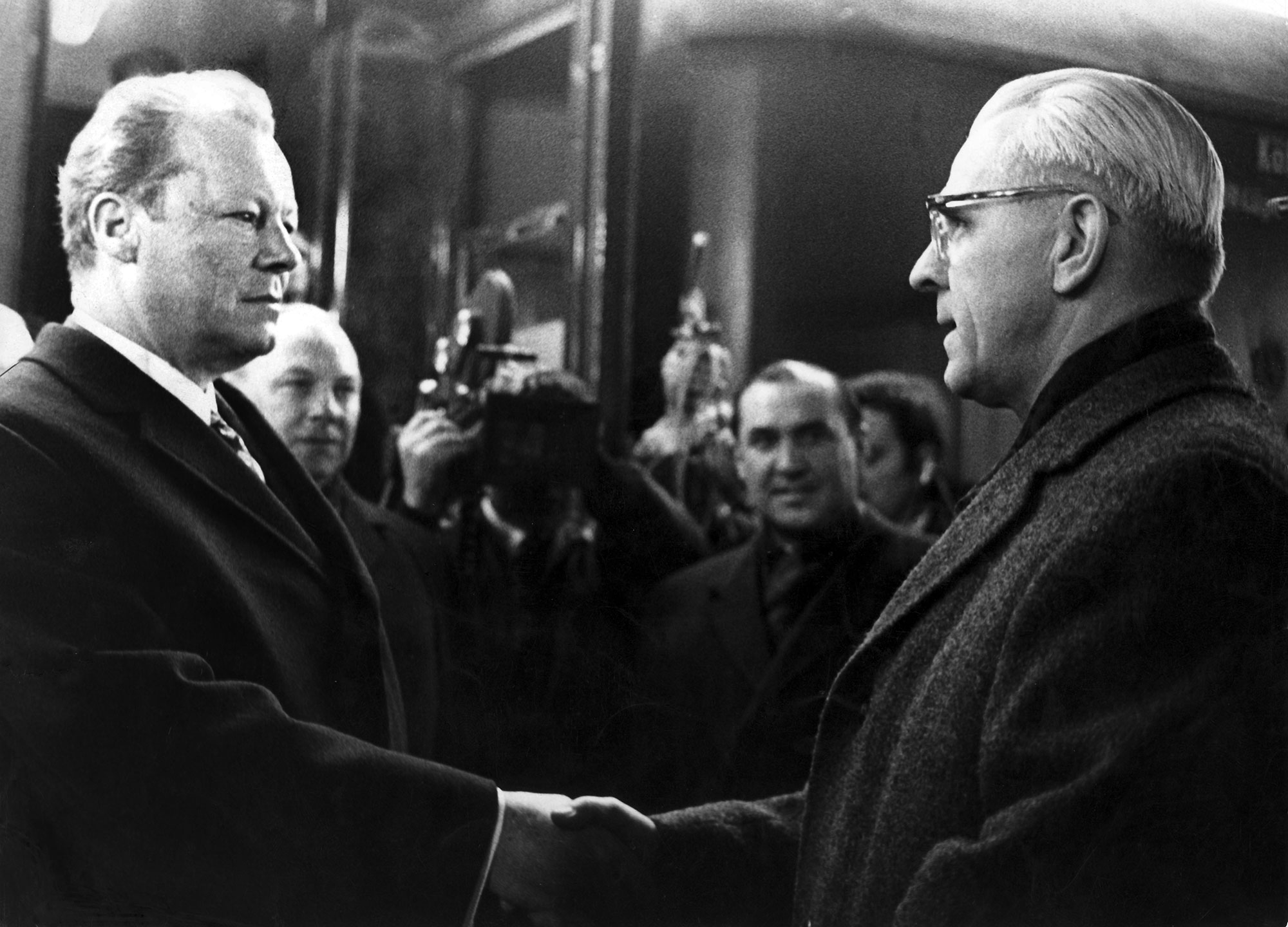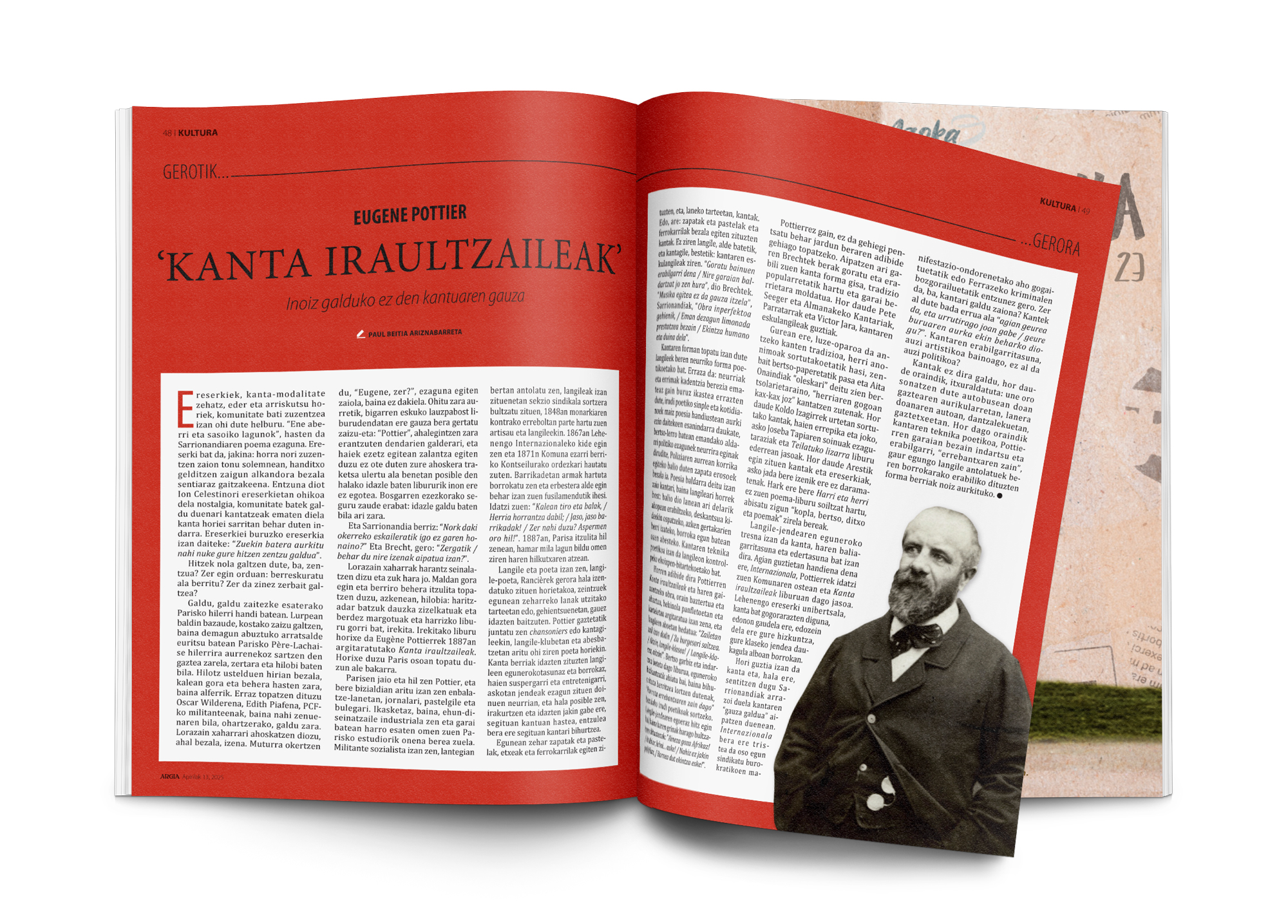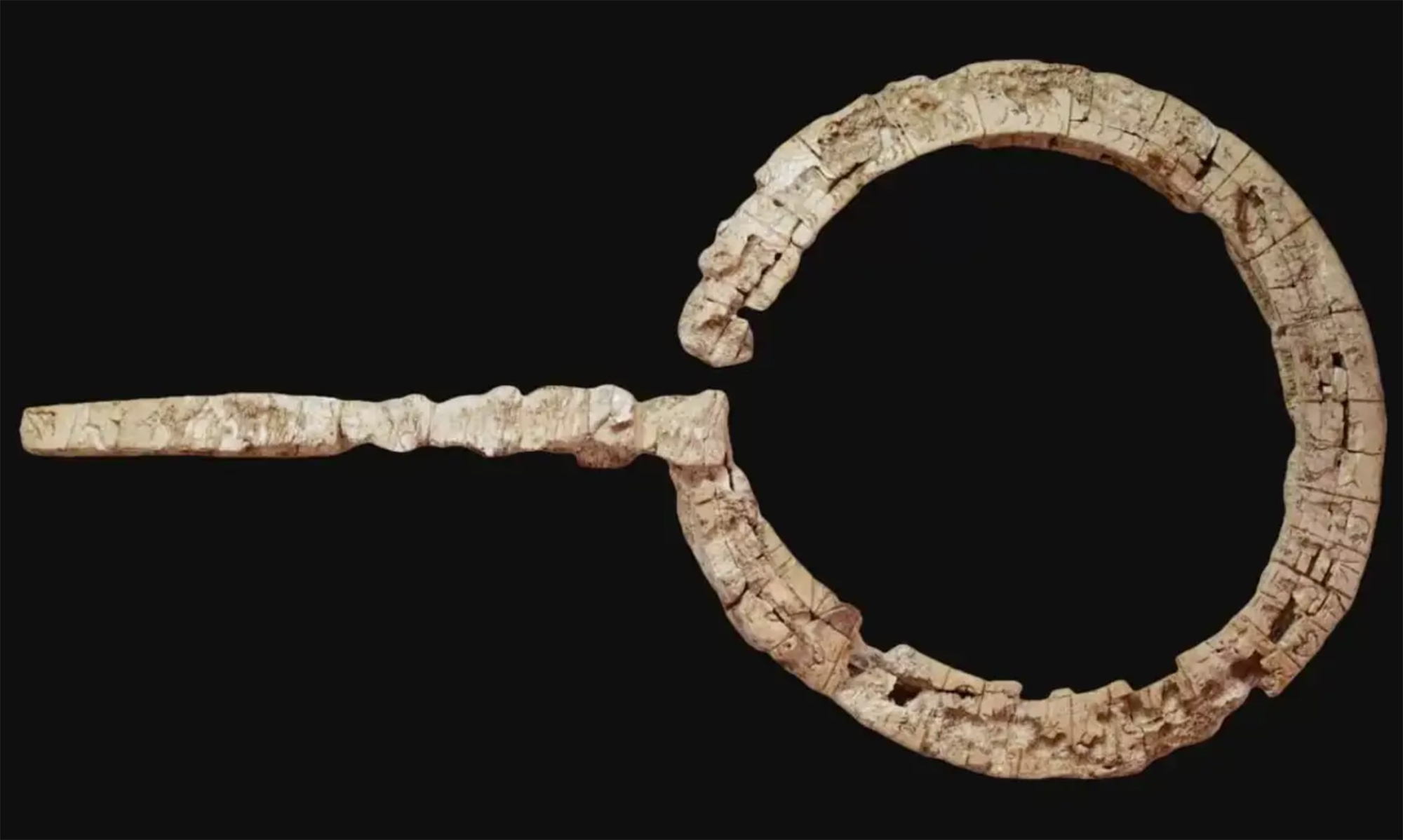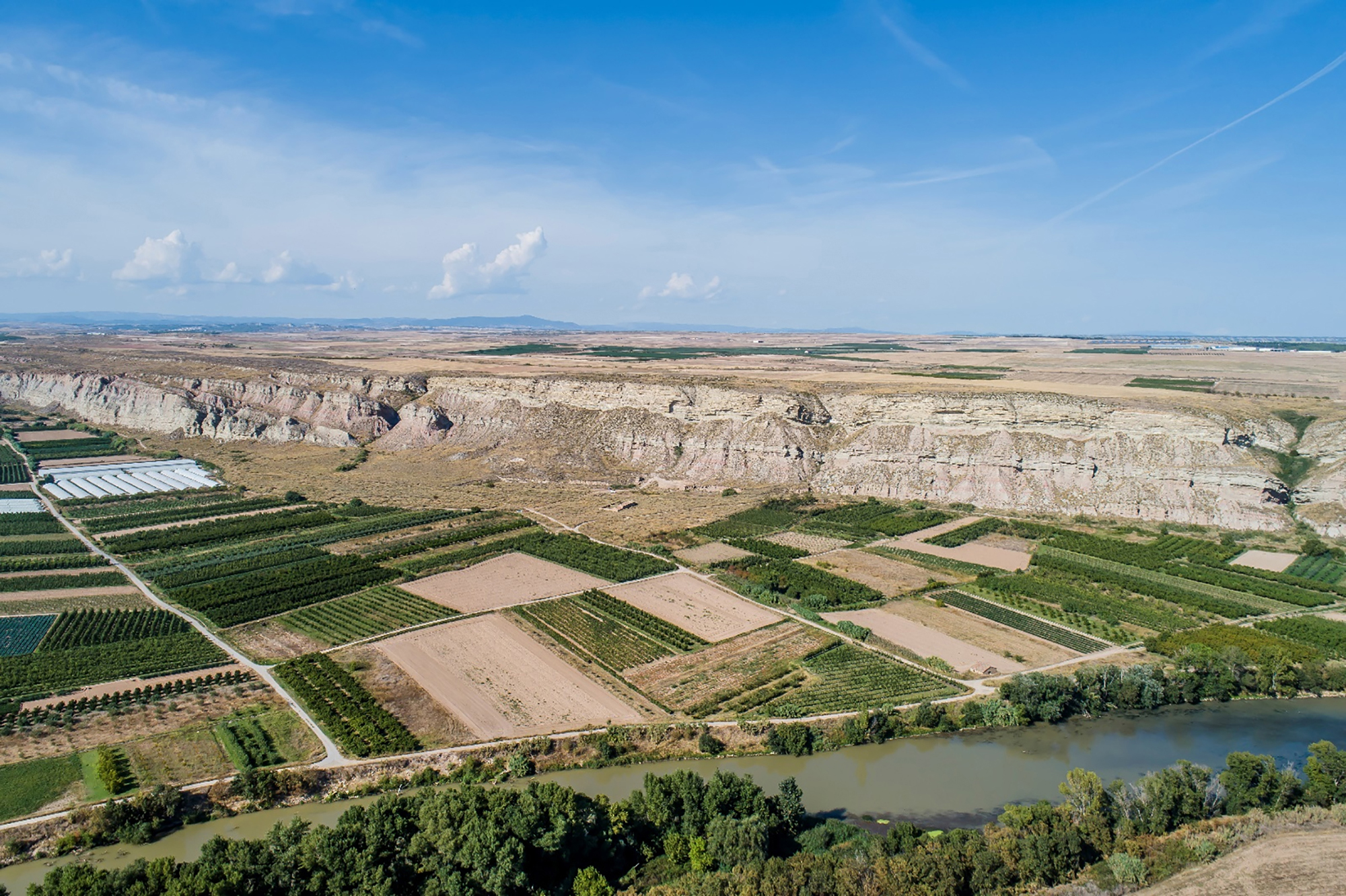Elena Barrena, referent of professors and historians dies
- His doctoral thesis on the creation of Gipuzkoa was a pioneer in understanding the evolution of the historical territories. Professor at the University of Deusto, his way of working and teaching has been an example for many historians.

The professor and historian Elena Barrena Osoro (Eibar, 1953 – San Sebastián, 2025) passed away this Sunday. A woman who has left a great reverse, she has been a reference in Gipuzkoa for many years to many contemporary historians for her work not only at the University of Deusto, but also in other institutions.
Barrena launched her doctoral thesis in 1988 and brought a small revolution to the historiography of Gipuzkoa. In fact, he did an indispensable research to understand the meaning of the word Cuento or Ipuscua and the historical evolution of this territory in the Middle Ages, pioneer in many ways. In fact, the millennium of the document of 1025, which refers to Gipuzkoa, is being remembered this year, something that would not be possible without this study.
Barrena questioned the eternity of history and showed that the formation of territories is a variable result of a process in which communities, social relations and power structures participate, always taking into account the environment. But he also used an innovative methodology for this, bringing the tools and techniques of other disciplines to the field of history.
After many years of enthusiasm in his work as a professor, he also had other responsibilities at the University of Deusto and was, among others, dean of the Faculty of Humanities. It was a time when women still held few such positions at the university, and she said that this had affected her career, not only because of the lack of recognition, but also because of the deficiencies of their rights as workers.
Beyond the specific university area, however, Barrena was also involved in several studies and projects on the history of Gipuzkoa. For example, here: According to José Antonio Marín, he participated in the masterpiece Kutxa-Gipuzkoa, 1879-1995, as well as in the well-known collection on the media in Gipuzkoa, published by the Provincial Council.
“History is not an immovable cave”
On the verge of sowing, articles by several historians and friends of his former students and colleagues were published last year to praise Barrena: “He was a teacher. In fact, in this gray and modest university environment, for five long years, very few of those who dedicated themselves to teaching were concerned with teaching. But he taught us masterfully. Not only in the field of education, but also in the professional and personal sphere,” writes David Zapagi.
In the same portal you can read the interview of Erro Colina with Barrena. “I think we discovered quite late that history is not there, as if it were an immovable cave. We make history today, we create it ourselves, it is our memory accompanied by firm data”, said the historian.
Washington, D.C., June 17, 1930. The U.S. Congress passed the Tariff Act. It is also known as the Smoot-Hawley Act because it was promoted by Senator Reed Smoot and Representative Willis Hawley.
The law raised import tax limits for about 900 products by 40% to 60% in order to... [+]
During the renovation of a sports field in the Simmering district of Vienna, a mass grave with 150 bodies was discovered in October 2024. They conclude that they were Roman legionnaires and A.D. They died around 100 years ago. Or rather, they were killed.
The bodies were buried... [+]
My mother always says: “I never understood why World War I happened. It doesn't make any sense to him. He does not understand why the old European powers were involved in such barbarism and does not get into his head how they were persuaded to kill these young men from Europe,... [+]
Until now we have believed that those in charge of copying books during the Middle Ages and before the printing press was opened were men, specifically monks of monasteries.
But a group of researchers from the University of Bergen, Norway, concludes that women also worked as... [+]
Florentzia, 1886. Carlo Collodi Le avventure de Pinocchio eleberri ezagunaren egileak zera idatzi zuen pizzari buruz: “Labean txigortutako ogi orea, gainean eskura dagoen edozer gauzaz egindako saltsa duena”. Pizza hark “zikinkeria konplexu tankera” zuela... [+]
Ereserkiek, kanta-modalitate zehatz, eder eta arriskutsu horiek, komunitate bati zuzentzea izan ohi dute helburu. “Ene aberri eta sasoiko lagunok”, hasten da Sarrionandiaren poema ezaguna. Ereserki bat da, jakina: horra nori zuzentzen zaion tonu solemnean, handitxo... [+]
Linear A is a Minoan script used 4,800-4,500 years ago. Recently, in the famous Knossos Palace in Crete, a special ivory object has been discovered, which was probably used as a ceremonial scepter. The object has two inscriptions; one on the handle is shorter and, like most of... [+]
Londres, 1944. Dorothy izeneko emakume bati argazkiak atera zizkioten Waterloo zubian soldatze lanak egiten ari zela. Dorothyri buruz izena beste daturik ez daukagu, baina duela hamar urte arte hori ere ez genekien. Argazki sorta 2015ean topatu zuen Christine Wall... [+]








